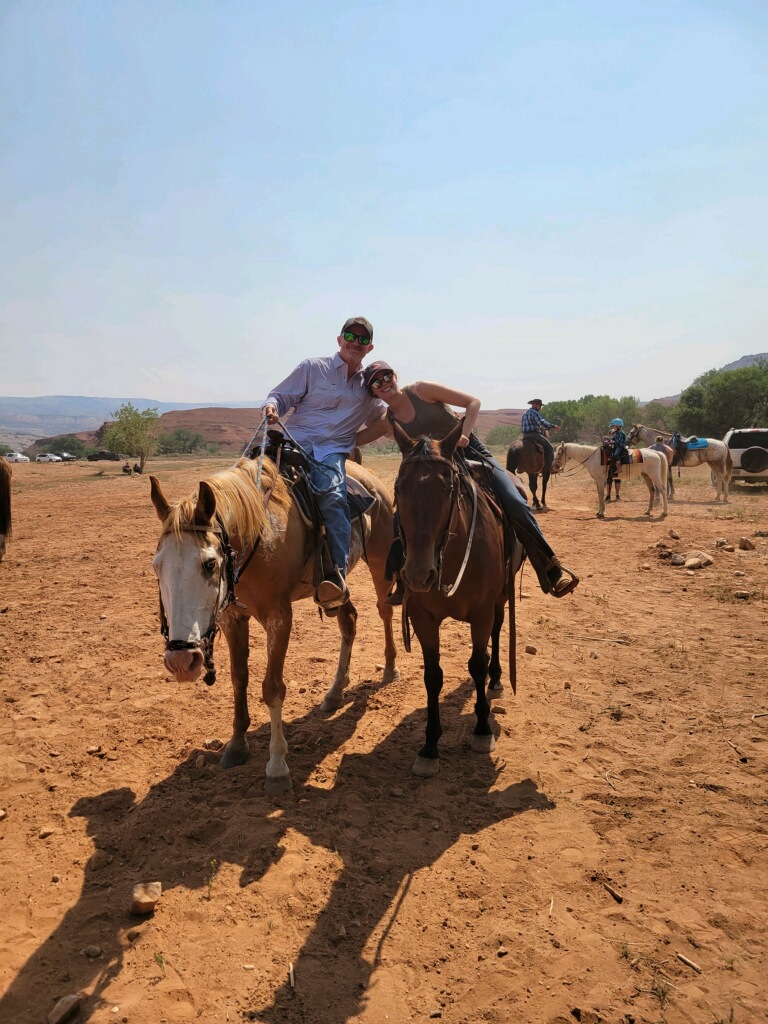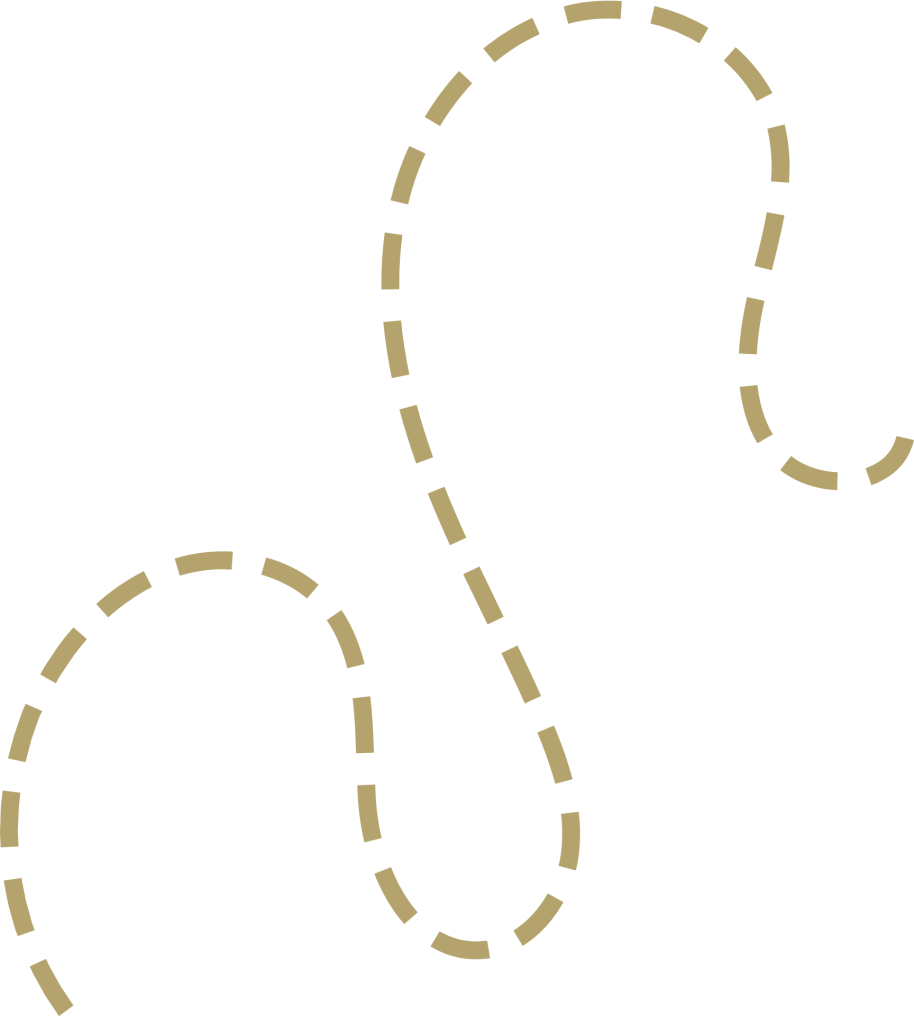
Cattle
Ranching
Where Hard Work, Open Land,
and Cattle Still Define the West.
Preserving the
Craft of Cattle
Drives
Spring cattle drives at Crooked Creek were essential to moving herds from winter fields to summer pasture in Dryhead. Typically done in two to three runs each year, 350 to 500 cow-calf pairs were driven entirely on horseback, with no trailers involved. The route took two days, with stops at Layout Creek or Cottonwood Creek, and great care was taken to ensure calves stayed paired with their mothers — a process called “mothering up.” These drives represent a traditional, low-impact approach to ranching rooted in deep knowledge of the land and livestock.
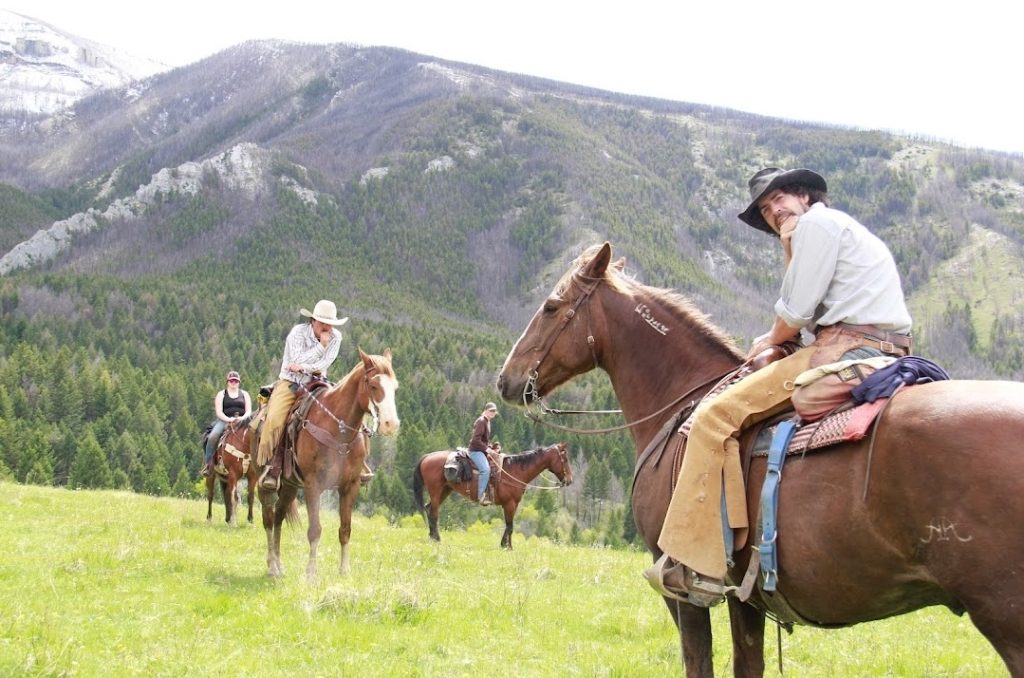
Rounding Up the Herd
The Spring Drives:
Randi’s Story
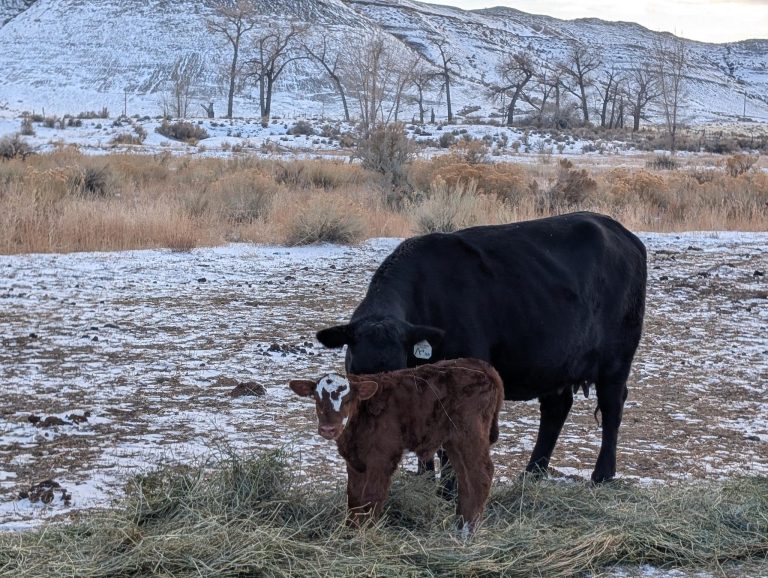
Rounding Up
the Herd
The drive began by gathering 350 to 500 head along Crooked Creek — each cow/calf pair counted as one. Family members on horseback and on foot would push the cattle into corrals like the Round Corrals or the “Rat Trap,” where they’d be sorted and prepped for the journey.
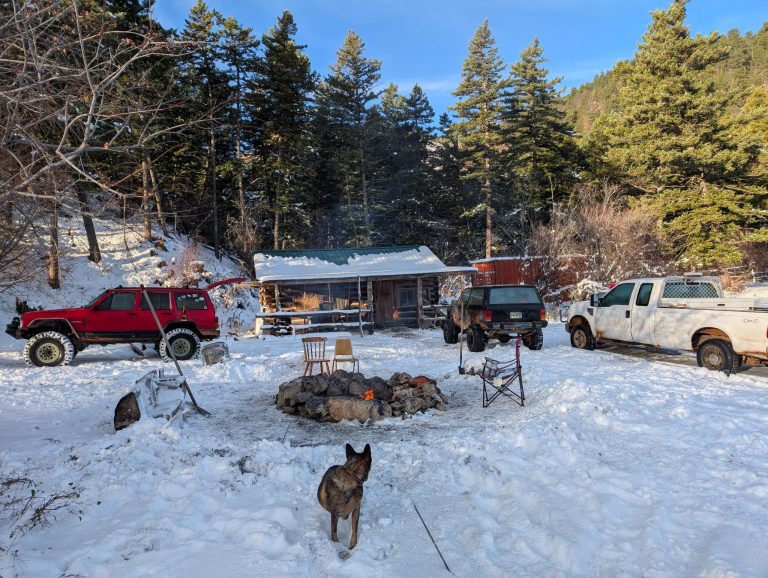
On the Trail
Before Sunrise
By 5:30 a.m., the crew was up, saddling horses in the dark. When daylight broke, they headed out past the Fish Station, through the canyon, and on toward Layout Creek — the first possible stop for the night.
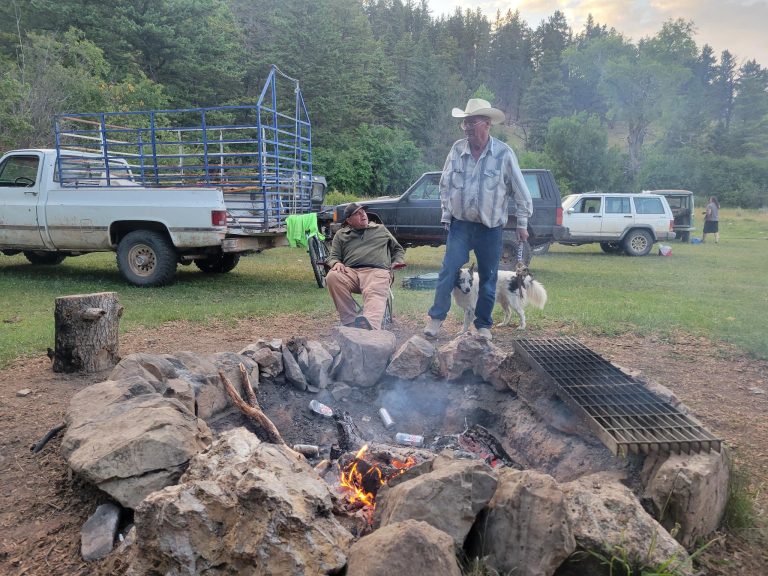
Midday Rest and
Campfire Meals
Around noon, they stopped for lunch — usually sandwiches packed by Abbie. Cattle and calves would rest, then need to be gathered up again before continuing. Meals and breaks were quick but essential.
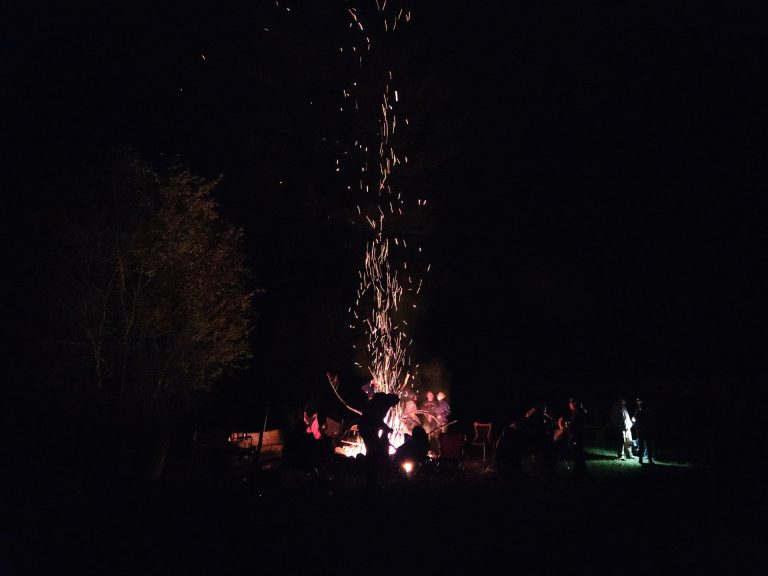
Nightfall at
Cottonwood Creek
If they pushed past Layout Creek, the next stop was Cottonwood. Cows were penned, horses tied to fences, and supper cooked over a campfire. After the calves found their mothers — a process called “mothering up” — the crew rolled out sleeping bags under the stars.
Back in the Saddle
The second day mirrored the first until the cattle reached their destination. Then, the crew would ride their horses — not trailer them — the 35 to 40 miles back home to start again. In spring, the kids might miss a full week of school just to be part of the drive.
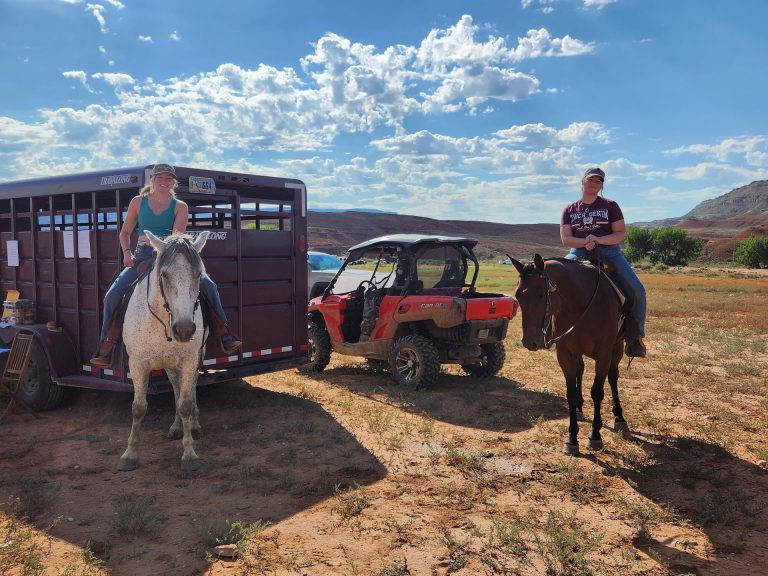
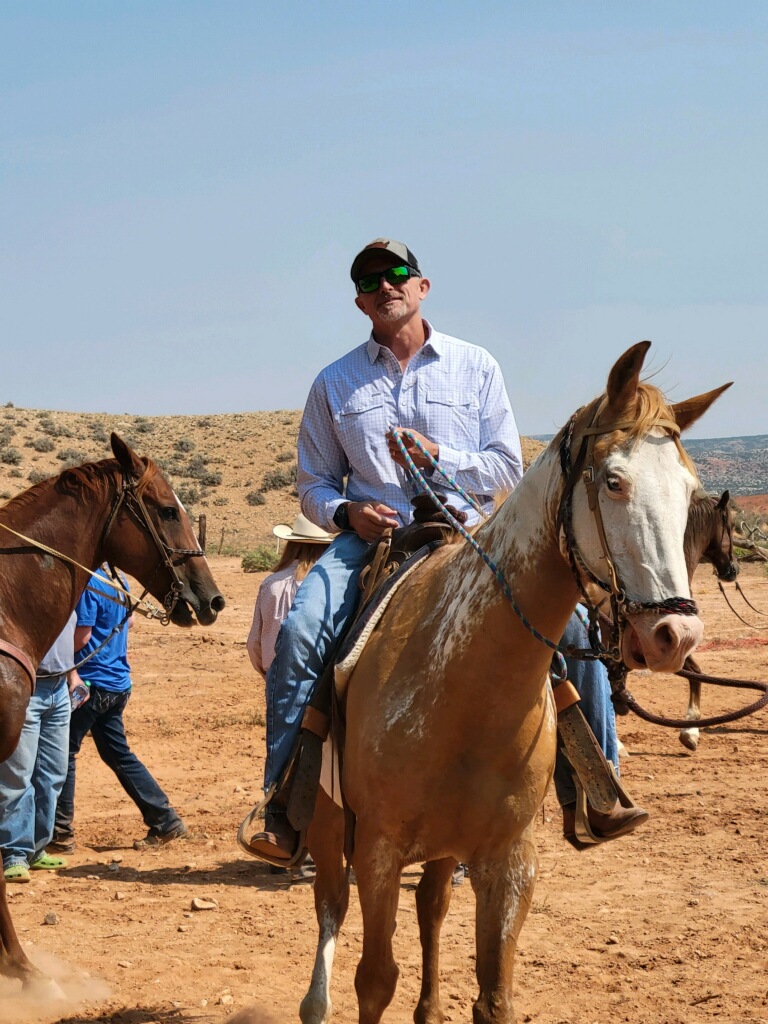
Tradition & Values
be a part of the crooked creek legacy
At Crooked Creek, ranching isn’t just work — it’s a way of life. The methods may be old, but the values are timeless: respect for the land, pride in doing things right, and the belief that hard work builds character. These lessons are passed down through saddles, stories, and early mornings. Every fence line fixed, every calf delivered, every race at the Rendezvous is part of something bigger — a commitment to keeping the West real, rooted, and alive.
